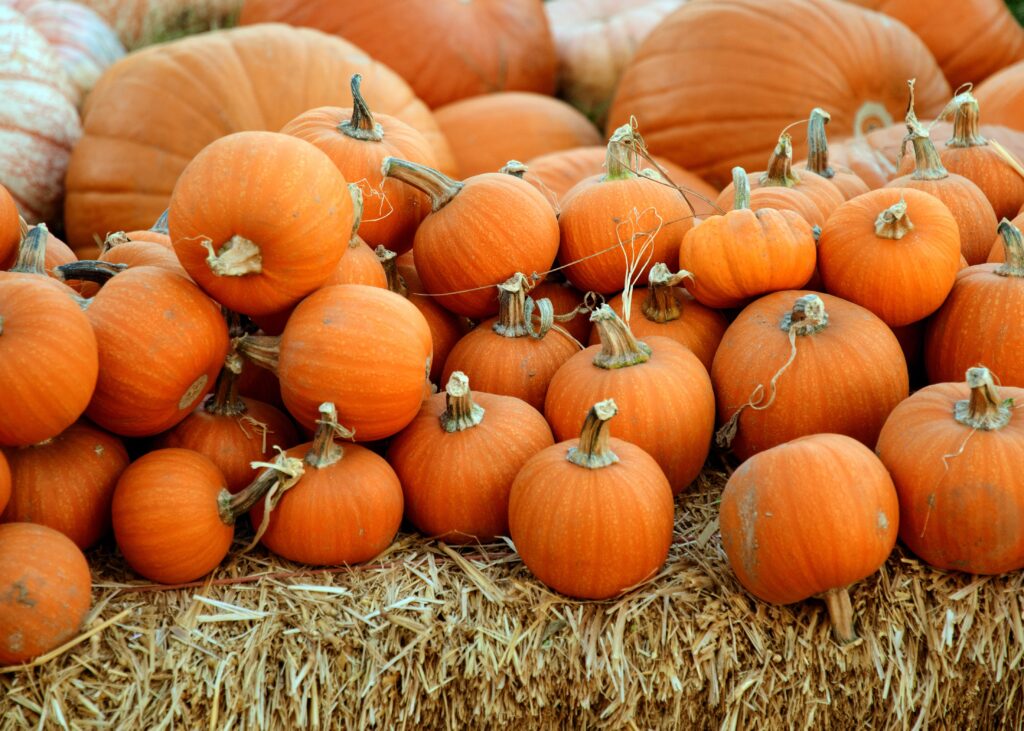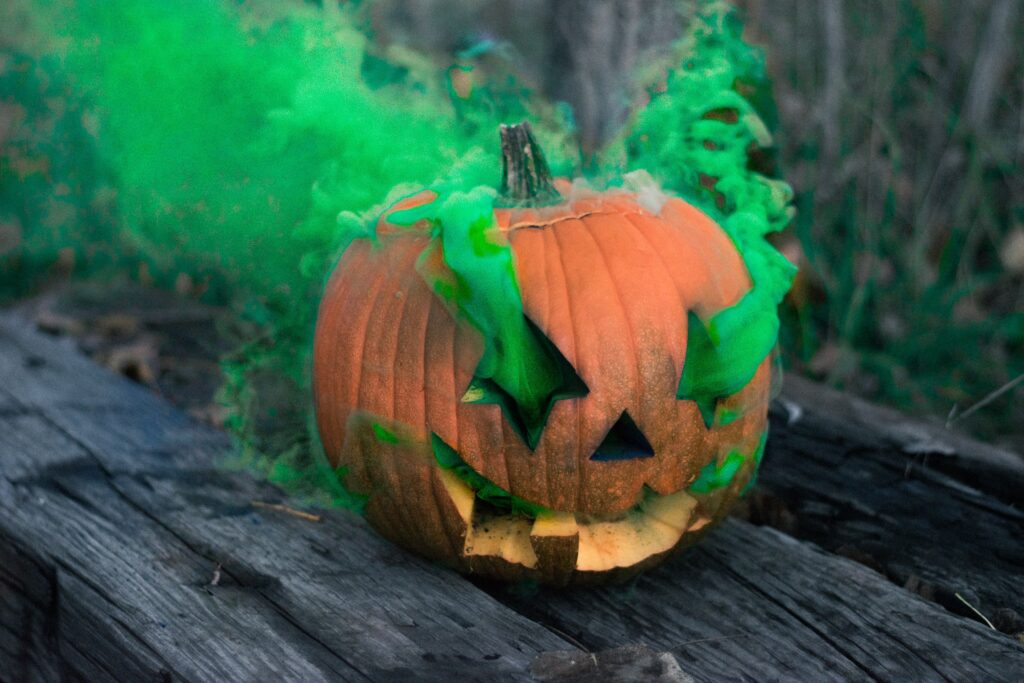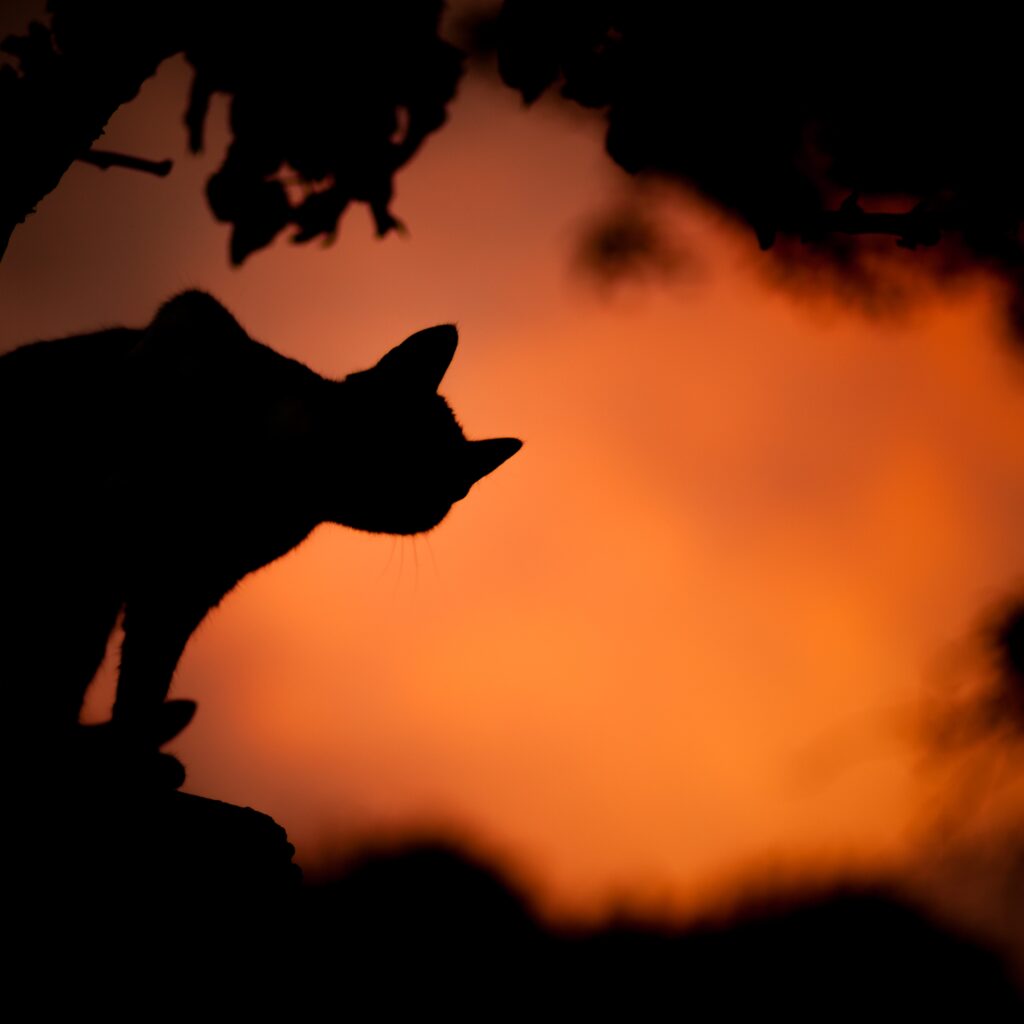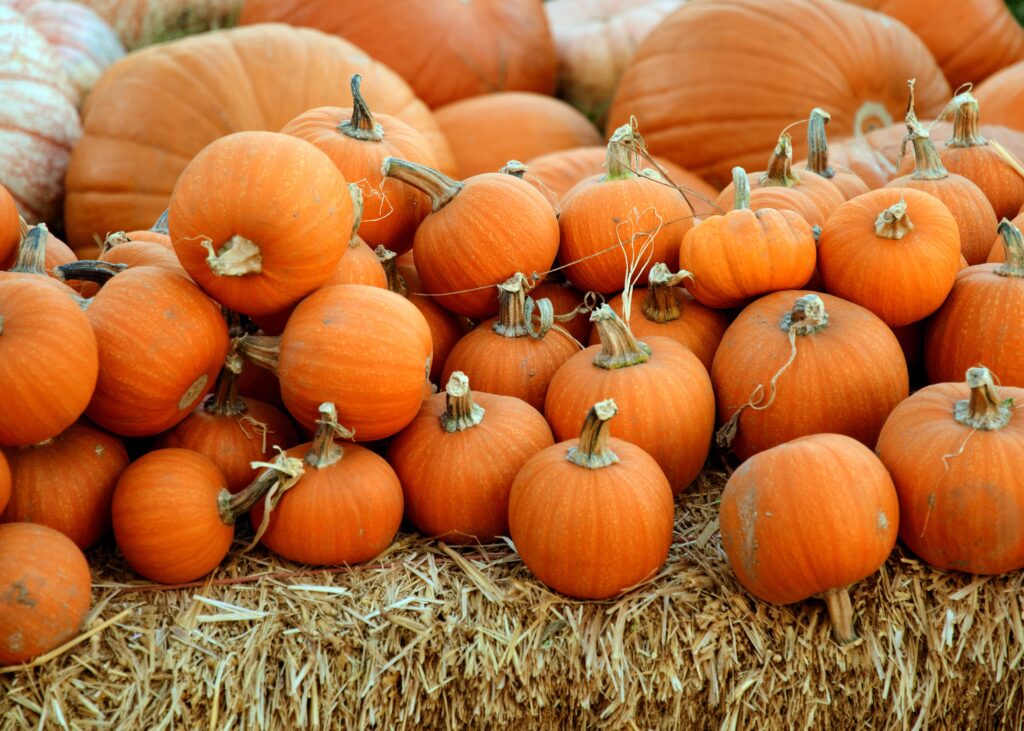Unveiling the Abyss: H.P. Lovecraft’s Cosmic Horror and Its Spooky Modern Adaptations
This is all about a special storyteller named H.P. Lovecraft who made up really creepy and cool monsters that live in the deepest parts of space. These monsters are so spooky, big and powerful, you might even say they are magical. And guess what? People loved his spooky stories so much that they turned them into movies and books that we can enjoy today!
Understanding H.P. Lovecraft
The life and times of Lovecraft
H.P. Lovecraft was an American author who lived from 1890-1937. He spent much of his life in Providence, Rhode Island, where he wrote many of his famous stories. Lovecraft had a difficult and lonely childhood, which may have influenced the dark and scary stories he wrote later in life.
Lovecraft’s introduction to horror literature
Even as a young boy, Lovecraft loved scary stories. He would read books and magazines filled with horror and fantasy tales, which shaped his imagination. As he grew older, he felt a strong desire to tell his own stories, which led him to begin writing. He started with essays and poetry, but it wasn’t until his later years that he began writing the horror stories he’s renowned for.
Discovering Cosmic Horror
Defining cosmic horror
You may be wondering, “What is cosmic horror?” Cosmic horror is a type of scary story that explores the unknown parts of the universe and the fear that comes with it. In these stories, humans often realize how small and insignificant they are compared to the vastness of the cosmos. This realization can be quite unsettling, as it makes you think about how little control you have over your own life.
Lovecraft’s unique approach to horror
What made Lovecraft’s horror stories so unique is that they tapped into a different kind of fear. Instead of relying on ghosts or monsters to scare his readers, Lovecraft played with the idea of the unknown. His stories often involved mysterious creatures and strange events that could not be explained, leaving his readers to imagine the worst possible outcomes.

This image is property of images.pexels.com.
The Influence of Lovecraft’s Personal Beliefs on His Work
Lovecraft’s philosophical and religious beliefs
Lovecraft had strong philosophical beliefs, which were often reflected in his work. He didn’t believe in a traditional god or religion, but instead thought that the universe was a place of chaos and unknown forces. This viewpoint made its way into many of his stories, which often revolve around the idea that humans are powerless in the face of unknowable cosmic entities.
Interpretation of Lovecraft’s Personal Thought in His Works
When you read Lovecraft’s stories, you can see hints of his personal thoughts and beliefs. His characters often have similar viewpoints and experiences to his own, facing the same fears and uncertainties that he felt. This personal touch adds a layer of depth to his stories, making them more haunting and thought-provoking.
The Cthulhu Mythos
Introduction to the Cthulhu Mythos
One of Lovecraft’s most famous creations is the Cthulhu Mythos, a shared universe used by Lovecraft and other authors. The Mythos is filled with ancient and powerful beings, like Cthulhu, and is often the backdrop for his horror stories.
Notable creatures and deities in the Mythos
Aside from Cthulhu, the Mythos is home to a variety of other frightening creatures. For example, there’s Nyarlathotep, a shape-shifting deity who brings chaos and madness, and Yog-Sothoth, a cosmic entity who knows all and sees all. These terrifying beings embody the fear of the unknown, the theme at the heart of cosmic horror.
Lovecraft’s unique approach to world-building
What’s truly remarkable about Lovecraft’s Mythos is his approach to world-building. Instead of setting his stories in familiar, everyday places, Lovecraft took his readers into other worlds filled with alien landscapes and bizarre, monstrous entities. This unique approach allows his stories to feel both terrifying and fantastical, a combination that makes his work stand out.

This image is property of images.pexels.com.
Diving into Lovecraft’s Prominent Works
The Call of Cthulhu: Capital of Cosmic Horror
“The Call of Cthulhu” is without a doubt Lovecraft’s most prominent work and the centerpiece of the Cthulhu Mythos. The story encapsulates what Lovecraft’s cosmic horror is all about, dealing with the discovery of an ancient and malevolent entity, Cthulhu, that embodies the fear and awe we feel when confronted with the unknown.
At the Mountains of Madness and the Theme of Human Insignificance
In “At the Mountains of Madness”, explorers discover ancient ruins in Antarctica and soon find themselves confronted by remnants of a terrifying otherworldly civilization. The story analyzes the theme of human insignificance against the backdrop of a much larger, ancient existence outside of humanity’s understanding.
The Shadow over Innsmouth and the Fear of the Unknown
“The Shadow over Innsmouth” follows an investigator exploring a mysterious town full of secretive inhabitants. As he delves deeper, he starts to unravel horrific truth about the town and its people. Lovecraft uses this tale to accentuate the fear of the unknown, leaving you biting your nails in anticipation.
Adapting Lovecraft: The Transition from Page to Screen
Difficulties in adapting Lovecraft’s stories
Adapting Lovecraft’s stories to screen comes with its own set of challenges. The writer’s vision of horror relied heavily on the unknown – something that can be left to the reader’s imagination in a book, but must be made visible on screen. Replicating the same sense of dread and fear, while maintaining the original’s subtlety, can be quite a challenge.
Successful adaptations of Lovecraft’s work
Despite the difficulties, there have been successful attempts at bringing Lovecraft’s work to the screen. Movies like “The Color Out of Space” or “Re-Animator” have managed to convey the essence of Lovecraft’s tales while offering a visual interpretation of his world.
The importance of atmosphere and mood in Lovecraft adaptations
One key aspect to successfully adapting Lovecraft’s work is capturing the right mood and atmosphere. His stories thrive on a sense of dread and unease, which must be translated onto the screen to fully bring his narratives to life.
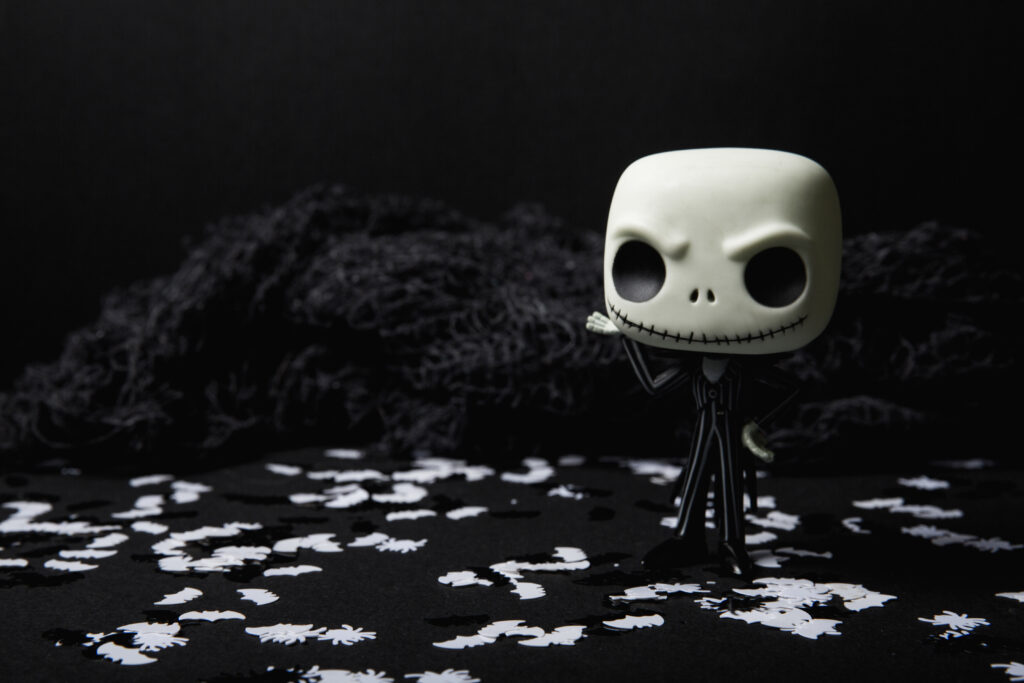
This image is property of images.pexels.com.
Further Evolutions: Lovecraft’s Influence on Modern Horror
Lovecraftian elements in contemporary horror
Many modern horror stories incorporate elements inspired by Lovecraft. From cosmic dread to monstrous entities, Lovecraft’s influence can be seen far and wide in the genre. These elements have become part of the horror language, offering a different spin on unsettling audiences.
Stephen King and other authors inspired by Lovecraft
Several renowned authors have spoken about their admiration for Lovecraft, including Stephen King. Lovecraft’s unique approach to horror has inspired King and others to experiment with their own tales of terror, further solidifying Lovecraft’s legacy.
The Controversy Surrounding Lovecraft’s Legacy
The impact of Lovecraft’s racism on his legacy
Despite his contributions to literature, Lovecraft’s legacy is marred by his racist beliefs. It’s important to acknowledge this aspect about him, and not shy away from discussing it, as it serves as a reminder that even those we admire can have serious flaws.
The question of separating the art from the artist
The controversy raises a difficult question: can you separate the artist from his art? Some people believe you can appreciate Lovecraft’s work while condemning his racist beliefs, but there are others who find it difficult to do so. This is a complex and personal decision that each reader must make for themselves.
Analysis of Lovecraft’s Unique Writing Style
Lovecraft’s use of language and narrative structure
Lovecraft’s writing style is quite unique, using sophisticated language and sentence structures that create an atmosphere of unease. His narratives often take the form of a character retelling their horrifying experiences, adding a personal element that draws the reader into the stories.
The use of fear and the unknown in Lovecraft’s horror
What makes Lovecraft’s horror so effective is his use of fear and the unknown. Lovecraft does a brilliant job of unsettling his readers, often leaving the true nature of his horrors concealed, allowing readers to fill in the gaps with their own fears.
The Halloween Junkie Take
The enduring fascination with Lovecraft’s work
As a Halloween junkie, Lovecraft’s world is a candy store of spooky goodness. He gives us tales of cosmic horrors and otherworldly entities that leave us feeling tiny and helpless. It’s this mixture of terror and fascination that keeps us coming back for more.
The spookiness of Lovecraft’s world we can’t resist
Lovecraft’s world is like a haunted house that scares you but intrigues you enough to explore it again. Whether it’s the dread of unknowable creatures or the mystery of ancient civilizations, we can’t resist the urge to dive deeper, even when we’re trembling with fear.
Why Lovecraft’s cosmic horror fits so well with modern times
In today’s world, our fear of the unknown has taken on a new dimension. With technologies and discoveries taking us further into the cosmos and into the unknown, Lovecraft’s cosmic horror resonates on a new level. It captures our fear of what might be lurking in the shadows of space, or even here on earth, making Lovecraft’s work just as relevant today as when he penned down his stories.
Unveiling the Abyss: H.P. Lovecraft’s Cosmic Horror and Its Spooky Modern Adaptations Read More »


